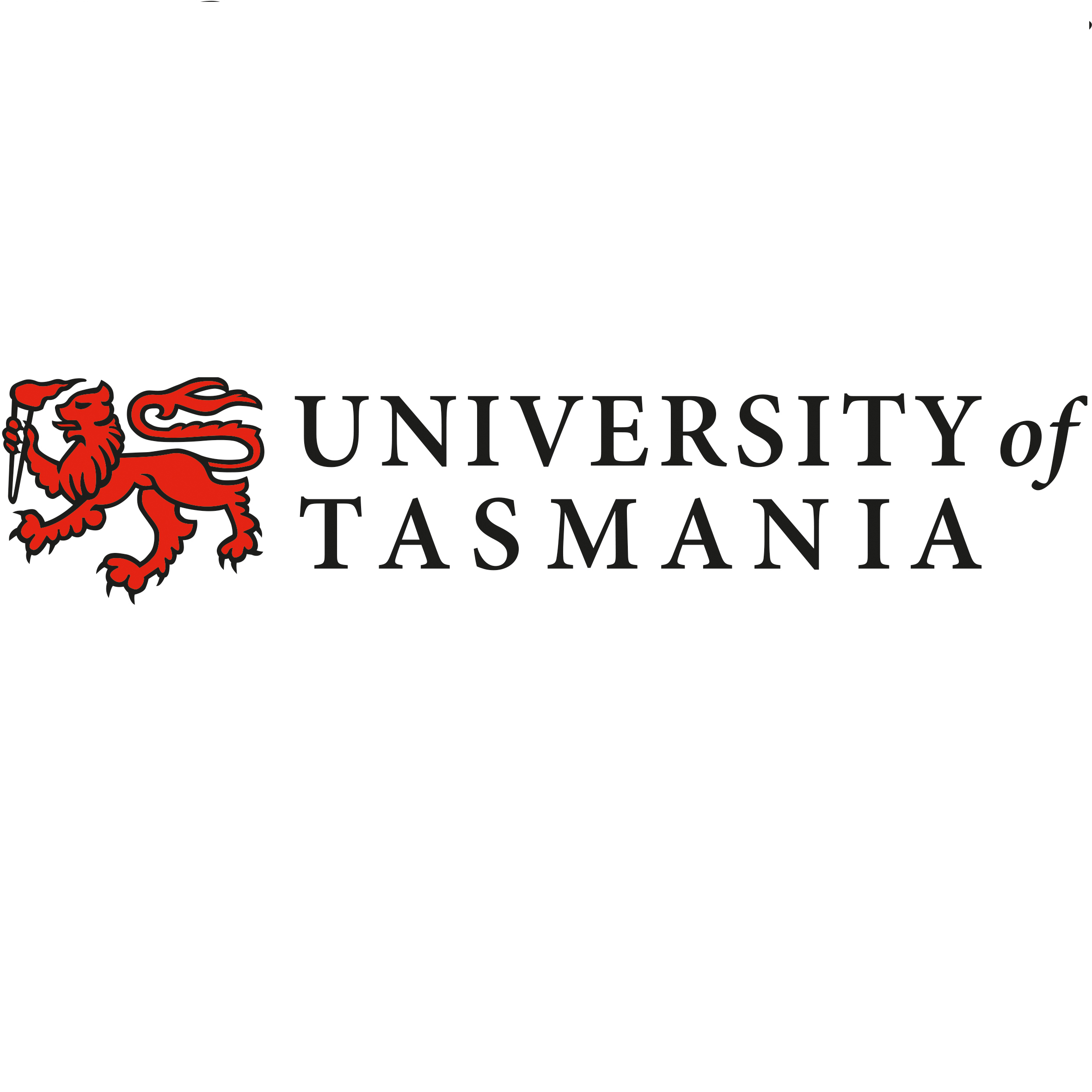Full description
Nominal and effective (creep of 2.6% per year) fishing effort (in kW-days by year) by fishing entity (country), Sector (Industrial / Artisanal and unmotorised), reporting status and FAO Area. Only marine, wild catch fisheries included, recreational excluded. Existing and disbanded supranational entities (e.g. ex-USSR, ex-Yugoslavia, European Union) are given as their components as off 2015. Sectors (Artisanal/Industrial) are based on National definitions, all non-motorised fleet was considered artisanal. FAO Area given as number. Based on the effort data by country and Sector (Rousseau et al., 2019. doi.org/10.1073/pnas.1820344116) and the global fisheries landings by country and sector (Watson, 2019. doi.org/10.25959/5c522cadbea37). The effort data was geared following interpolation and extrapolation methods adapted from Rousseau et al. (2019), and the total effort by country, year, sector and gear was associated to a corresponding catch. Incompatibilities between effort and catch were resolved by comparing broader families of gears (e.g. lines instead of longlines or manual lines, bottom nets instead of bottom trawl or dredge, etc.). The effort was mapped in 0.5 degree cells using a ratio to the total catch, and limiting artisanal boats to the EEZ of the country, and unmotorised boats to 12nm. The data was then aggregated by Large Marine Ecosystem (using NOAA denomination) and FAO area. Full methodology can be found in Rousseau, Y. (2020) Mapping global fisheries: balancing gaps and overconfidence in data. Chapter 5, in 'Predicting the future of global seafood production'. Ph.D. thesis, University of Tasmania, Australia.Data time period: 1950 to 2015
Subjects
Agricultural, Veterinary and Food Sciences |
Animal Production and Animal Primary Products |
Effort |
Fisheries |
Fisheries - Wild Caught |
Fisheries - Wild Caught Not Elsewhere Classified |
Fisheries Management |
Fisheries Sciences |
sector |
User Contributed Tags
Login to tag this record with meaningful keywords to make it easier to discover
Identifiers


